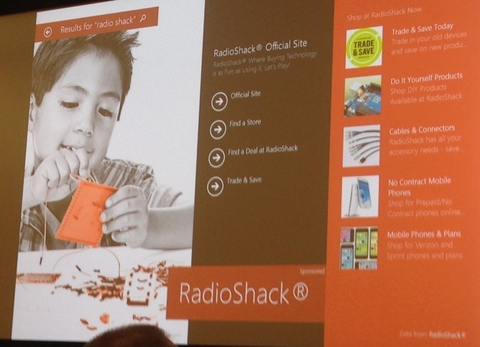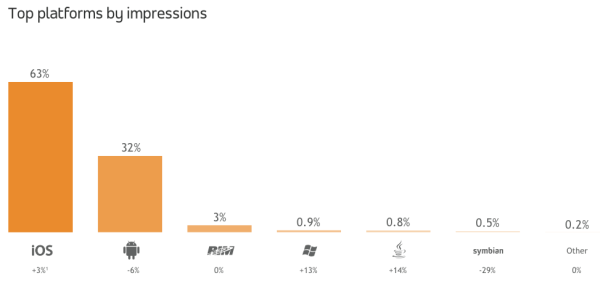
Android phones may be outselling the iPhone, but proof that iOS users are more engaged with their devices just keeps coming. The latest confirmation that iPhone users are on their devices more often with more engaged usage comes from a third-quarter “Global AdMetrics” report from mobile DSP and ad buying platform Adfonic. Their study claims that in Q3, on a global basis, Android and Apple devices accounted for 95 percent of all add impressions on mobile devices.
However, Apple and Android weren’t as close as you would normally think. Apple claimed nearly two-thirds of all mobile ad impressions, while Android only received 32 percent, a 6 percent decline from the previous quarter. This wouldn’t be so interesting, except Android has a huge advantage over Apple in the global market share. According to Greg Sterling at Marketing Land, around 80 percent of all global smartphone shipments in Q3 were Android devices.
Previous reports have shown that iPhone users are more likely to purchase, spend more time with their devices, and are more engaged with their device when using it. It is obvious that there is a large difference between the types of people purchasing mobile devices, and their needs certainly aren’t uniform. Android may have the lead on sales, but it can be assumed that many of their customers simply choose an Android phone without the intention to utilize all of its capabilities, while iPhone users are more likely to desire a phone they can rely on for all of their mobile and online needs.


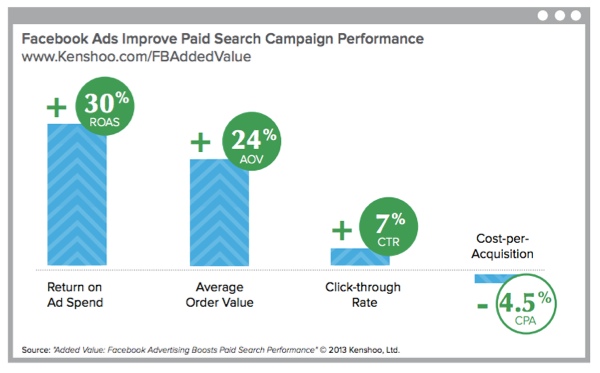
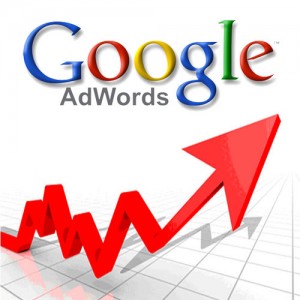 You may have noticed earlier this month that the AdWords Bid Simulator tool has a new feature which
You may have noticed earlier this month that the AdWords Bid Simulator tool has a new feature which  Social media has become a part of our lives whether we like it or not, and don’t expect that to change in the next year. In fact, if marketing trends are to be believed, 2014 could be the biggest year yet for social media marketing. Erik Sass
Social media has become a part of our lives whether we like it or not, and don’t expect that to change in the next year. In fact, if marketing trends are to be believed, 2014 could be the biggest year yet for social media marketing. Erik Sass 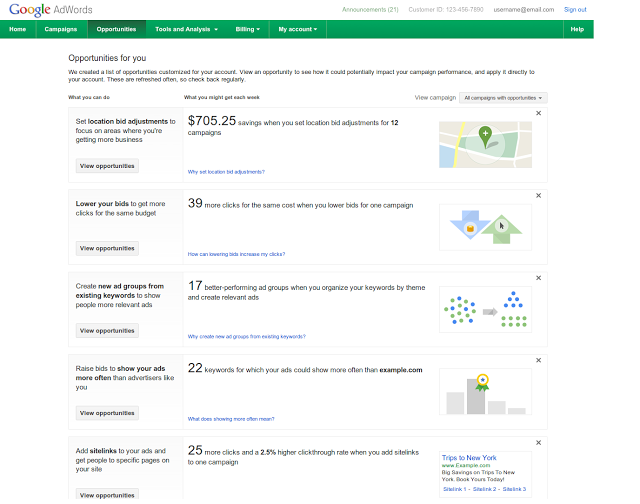
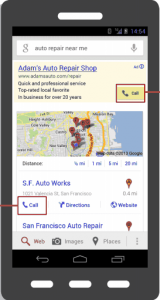
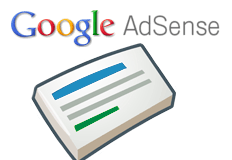
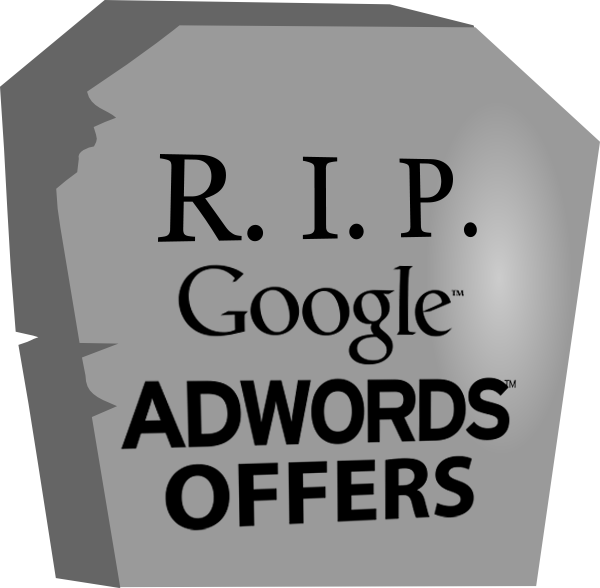 After an underwhelming debut in February, it appears AdWords Offer Extensions is being sent to the grave in favor of Google Offers. Ginny Marvin
After an underwhelming debut in February, it appears AdWords Offer Extensions is being sent to the grave in favor of Google Offers. Ginny Marvin 